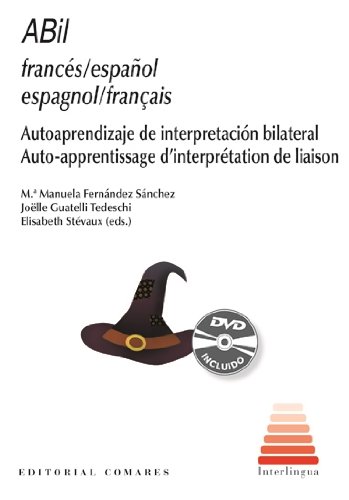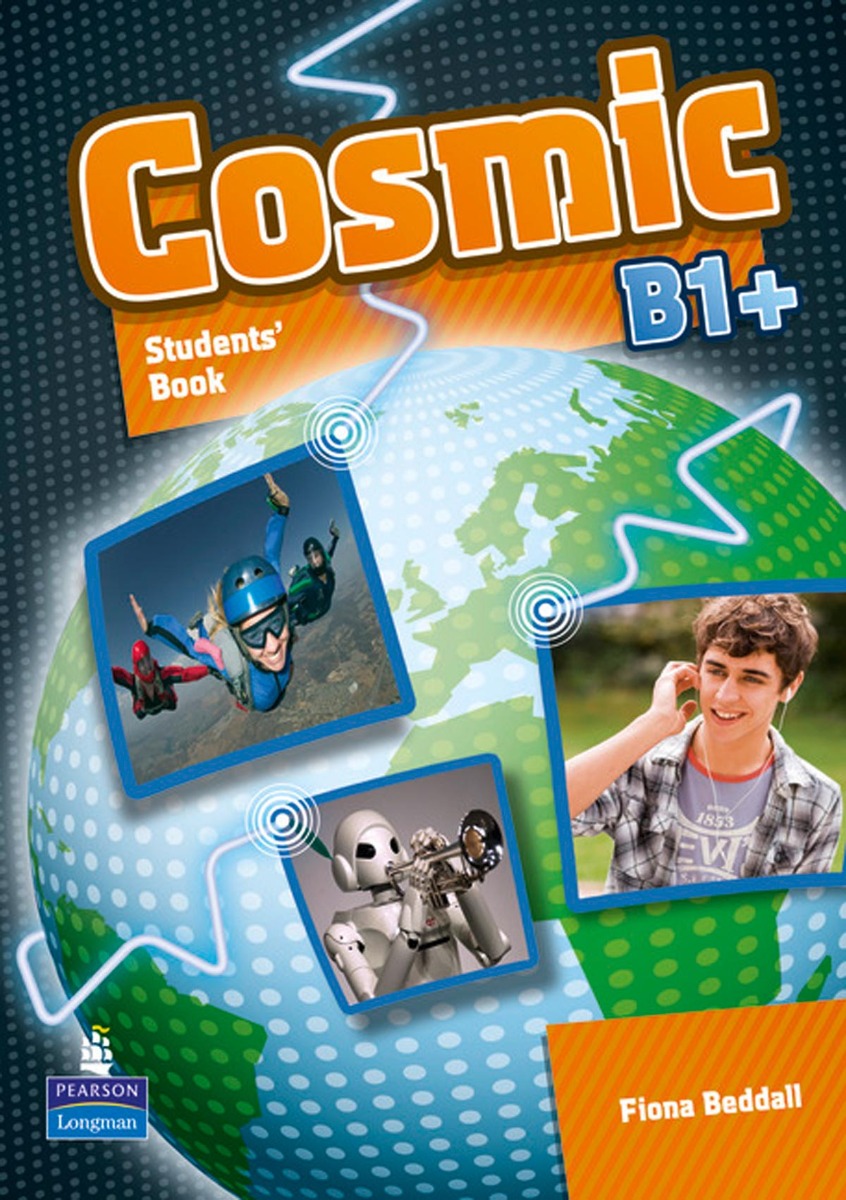Autonomous Reading Skills in Academic English
NOTE TO READERS
READING GUIDE TO RESEARCH ARTICLES
WORKBOOK
1. Haynes, J.D., Deichmann1, R. y Rees, G. (2006). Eye-specific effects of binocular rivalry in the human lateral geniculate nucleus. Nature, 438, 496-499
2. Turnbull, O.H. (1997). A double dissociation between knowledge of object identity and object orientation. Neuropsychologia, 35, 567-570
3. Anna Berti, Francesca Frassinetti (2000). When far becomes near: remapping of space by tool use. Journal of Cognitive Neuroscience, 12:3, 415-420
4. Schindler, I., Rice, N.J., McIntosh, R.D., Rossetti, Y., Vighetto, A., y Milner, A.D. (2004). Automatic avoidance of obstacles is a dorsal stream function: evidence from optic ataxia. Nature Neuroscience, 7(7), 779-784
5. Cibu Thomas, Galia Avidan, Kate Humphreys, Kwan-jin Jung, Fuqiang Gao & Marlene Behrmann (2009). Reduced structural connectivity in ventral visual cortex in congenital prosopagnosia. Nature Neuroscience 1, 29-31
6. Bushman, T.J. & Miller, E.K. (2007). Top-down versus bottom-up control of attention in the prefrontal and posterior parietal cortices. Science, 315, 1860-1862
7. Beversdorf, D. Q., et al. (2000). Increased discrimination of “false memories” in autism spectrum disorder. Proc. Natl. Acad. Sci. USA 97, 8734-8737
8. Lards S. Cermak, Mara Mather and Rebecca Hill (1997). Unconscious influences on amnesics’ word-stem completion. Neuropsychologia, 35, 605-610
9. Depue, B.E., Curran, T. & Banich, M.T. (2007). Prefrontal regions orchestrate suppression of emocional memories via a two-phase process. Science, 317, 215-219
10. Bishop, S., Duncan, J., Brett, M., y Lawrence, A.D. (2004). Prefrontal cortical function and anxiety: controlling attention to threat-related stimuli. Nature Neuroscience,7(2), 184-188
11. Pegna, A.J., Khateb, A., Lazeyras, F., y Séller, M.L. (2005). Discriminating emotional faces without primary visual cortices involves the righ amygdala. Nature Neuroscience, 8 (1), 24-25
12. Chamberlain, S. R., Menzies, L., Hampshire, A., Suckling, J., Fineberg, N. A., del Campo, N., et al. (2008). Orbitofrontal dysfunction in patients with obsessive-compulsive disorder and their unaffected relatives. Science, 321(5887), 421-422
13. Reuter, J., Raedler, T., Rose, M., Hand, I., Gläscher, J., Büchel, Ch. (2005) Pathological Gambling is linked to reduced activation of the mesolimbic reward system. Nature Neuroscience, 8, 147, 148
14. McCabe, K., Houser, D., Ryan, L., Smith, V., and Trouard, T. (2001). A functional imaging study of cooperation in two-person reciprocal exchange. Proc. Natl. Acad. Sci. USA. Vol. 98, 11832-11835
15. Chapman, H. A., Kim, D. A., Susskind, J. M., & Anderson, A. K. (2009). In Bad Taste: Evidence for the Oral Origins of Moral Disgust. Science, 323(5918), 1222-1226
16. Singer, T., Seymour, B., O’Doherty, J.P., Stephan, K.E., Dolan, R.J., and Frith, C.D. (2006). Empathic neural responses are modulated by the perceived fairness of others. Nature, 439, 466-469
17. Sheese, B. E., Voelker, P. M., Rothbart, M. K., & Posner, M. I. (2007). Parenting quality interacts with genetic variation in dopamine receptor D4 to influence temperament in early childhood. Development and Psychopathology, 19(4), 1039-1046
18. McNab, F., Varrone, A., Farde, L., Jucaite, A., Bystritsky, P. Forssberg, H. & Klingberg, T. (2009). Changes in cortical dopamine D1 receptor binding associated with cognitive training. Science, 323, 800-802
19. Berger, A., Tzur, G. & Posner, M.I. (2006). Infant brains detect arithmetic errors. PNAS, 103 (33), 12649-12653
20. Adrian M. Owen, Martin R. Coleman, Melanie Boly, Matthew H. Davis, Steven Laureys, John D. Pickard. Detecting Awareness in the Vegetative State (2006). Science, 313, 1402
ANSWERKEY
1. Haynes, J.D., Deichmann1, R. y Rees, G. (2006). Eye-specific effects of binocular rivalry in the human lateral geniculate nucleus. Nature, 438, 496-499
2. Turnbull, O.H. (1997). A double dissociation between knowledge of object identity and object orientation. Neuropsychologia, 35, 567-570
3. Anna Berti, Francesca Frassinetti (2000). When far becomes near: remapping of space by tool use. Journal of Cognitive Neuroscience, 12:3, 415-420
4. Schindler, I., Rice, N.J., McIntosh, R.D., Rossetti, Y., Vighetto, A., y Milner, A.D. (2004). Automatic avoidance of obstacles is a dorsal stream function: evidence from optic ataxia. Nature Neuroscience, 7(7), 779-784
5. Cibu Thomas, Galia Avidan, Kate Humphreys, Kwan-jin Jung, Fuqiang Gao & Marlene Behrmann (2009). Reduced structural connectivity in ventral visual cortex in congenital prosopagnosia. Nature Neuroscience 1, 29-31
6. Bushman, T.J. & Miller, E.K. (2007). Top-down versus bottom-up control of attention in the prefrontal and posterior parietal cortices. Science, 315, 1860-1862
7. Beversdorf, D. Q., et al. (2000). Increased discrimination of “false memories” in autism spectrum disorder. Proc. Natl. Acad. Sci. USA 97, 8734-8737
8. Lards S. Cermak, Mara Mather and Rebecca Hill (1997). Unconscious influences on amnesics’ word-stem completion. Neuropsychologia, 35, 605-610
9. Depue, B.E., Curran, T. & Banich, M.T. (2007). Prefrontal regions orchestrate suppression of emocional memories via a two-phase process. Science, 317, 215-219
10. Bishop, S., Duncan, J., Brett, M., y Lawrence, A.D. (2004). Prefrontal cortical function and anxiety: controlling attention to threat-related stimuli. Nature Neuroscience,7(2), 184-188
11. Pegna, A.J., Khateb, A., Lazeyras, F., y Séller, M.L. (2005). Discriminating emotional faces without primary visual cortices involves the righ amygdala. Nature Neuroscience, 8 (1), 24-25
12. Chamberlain, S. R., Menzies, L., Hampshire, A., Suckling, J., Fineberg, N. A., del Campo, N., et al. (2008). Orbitofrontal dysfunction in patients with obsessive-compulsive disorder and their unaffected relatives. Science, 321(5887), 421-422
13. Reuter, J., Raedler, T., Rose, M., Hand, I., Gläscher, J., Büchel, Ch. (2005) Pathological Gambling is linked to reduced activation of the mesolimbic reward system. Nature Neuroscience, 8, 147, 148
14. McCabe, K., Houser, D., Ryan, L., Smith, V., and Trouard, T. (2001). A functional imaging study of cooperation in two-person reciprocal exchange. Proc. Natl. Acad. Sci. USA. Vol. 98, 11832-11835
15. Chapman, H. A., Kim, D. A., Susskind, J. M., & Anderson, A. K. (2009). In Bad Taste: Evidence for the Oral Origins of Moral Disgust. Science, 323(5918), 1222-1226
16. Singer, T., Seymour, B., O’Doherty, J.P., Stephan, K.E., Dolan, R.J., and Frith, C.D. (2006). Empathic neural responses are modulated by the perceived fairness of others. Nature, 439, 466-469
17. Sheese, B. E., Voelker, P. M., Rothbart, M. K., & Posner, M. I. (2007). Parenting quality interacts with genetic variation in dopamine receptor D4 to influence temperament in early childhood. Development and Psychopathology, 19(4), 1039-1046
18. McNab, F., Varrone, A., Farde, L., Jucaite, A., Bystritsky, P. Forssberg, H. & Klingberg, T. (2009). Changes in cortical dopamine D1 receptor binding associated with cognitive training. Science, 323, 800-802
19. Berger, A., Tzur, G. & Posner, M.I. (2006). Infant brains detect arithmetic errors. PNAS, 103 (33), 12649-12653
20. Adrian M. Owen, Martin R. Coleman, Melanie Boly, Matthew H. Davis, Steven Laureys, John D. Pickard. Detecting Awareness in the Vegetative State (2006). Science, 313, 1402








